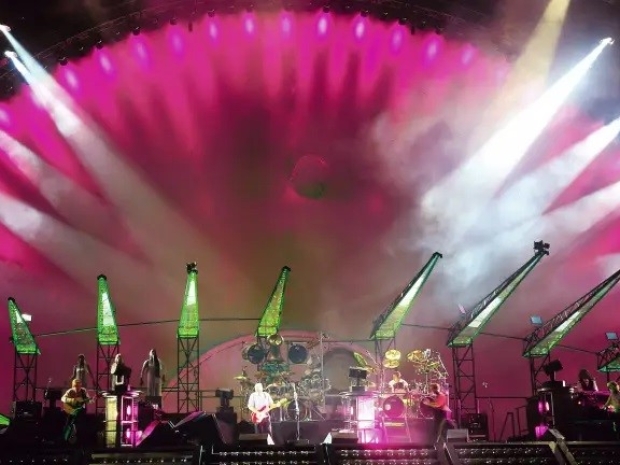A team at Lawrence Livermore National Laboratory has created the first known fusion reaction with a net energy gain — that is, it produced more energy than it consumed and resulted in ignition. The boffins used 192 lasers at the National Ignition Facility to blast a cylinder containing frozen hydrogen surrounded by diamond, which sounds like the same sort of effect you get at a Pink Floyd concert.
The reaction, which generated a flurry of X-rays, struck a fuel pellet of deuterium and tritium with 2.05 megajoules of energy. That, in turn, led to a wave of neutron particles and 3.15 megajoules of output. The gain was 'only' equivalent to about 1.5lbs of TNT, but that was enough to meet the criteria for fusion ignition and called for a two hour long air guitar solo from the lead scientist.
The National Ignition Facility has been in operation since 2009, but it wasn't until 2014 that the installation's laser-based fusion technology produced a meaningful volume of energy. Progress accelerated in the past year, however. Lawrence Livermore generated a much larger amount of energy in a test last August, producing an output equivalent to 70 percent of the energy needed to perform the reaction. An attempt in September generated 1.2 megajoules using the 2.05-megajoule blast.
A lot more advances are necessary before fusion reactors are practical enough to power homes. There need to be improvements in the number of reactions per minute, the process needs to be simplified, repeatable and the bass player needs to be fired.
The Energy Department is in the midst of rebooting a coordinated fusion power effort, however. It thinks it might happen before the 50 or 60 years they predicted in the past. You might see the first commercial fusion reactor in your lifetime... well yours not mine.




